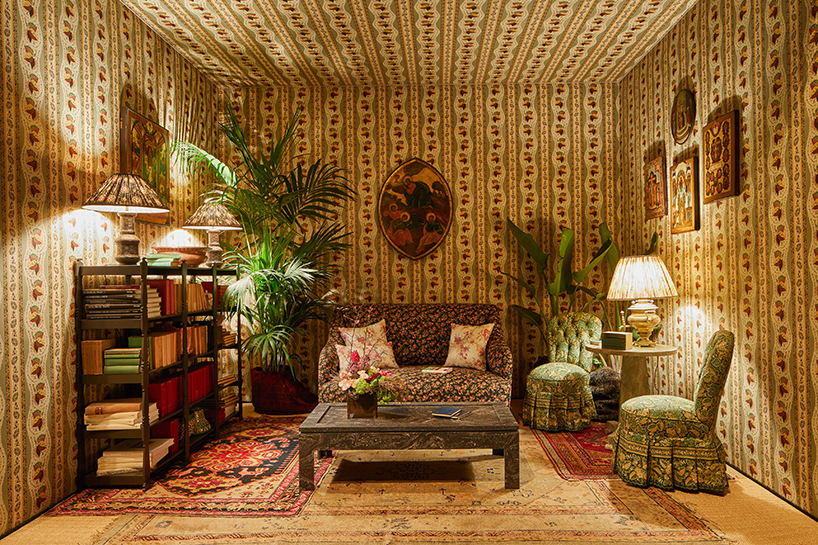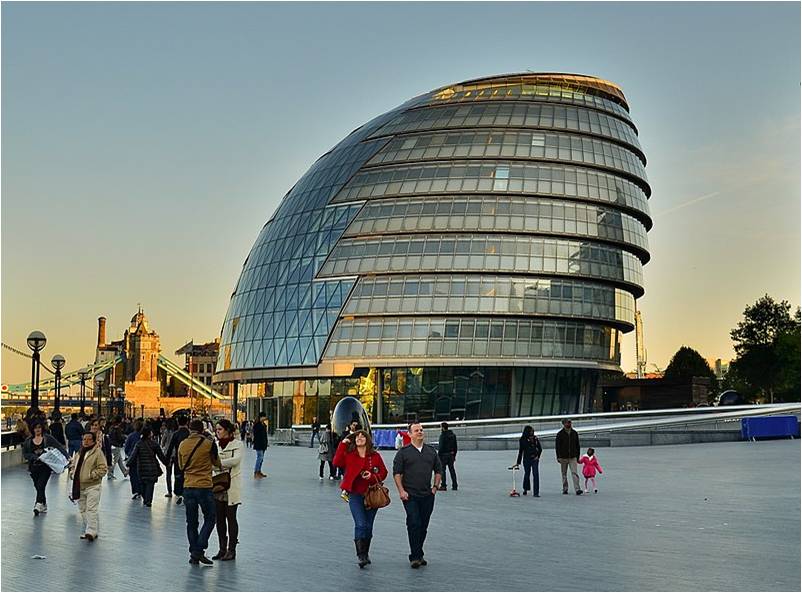The Beauty and Impact of Mural Art: A Visual Journey
Mural art, one of the oldest and most dynamic forms of artistic expression, has been a significant part of human culture for centuries. From ancient cave paintings to modern urban street art, murals have served as a canvas for creativity, social commentary, and cultural storytelling. The vast scale, vivid colors, and public visibility of murals make them a powerful medium that engages and influences people on a broader level. But what exactly makes mural art so special, and why has it remained relevant across different time periods and cultures?
1. A Rich History of Mural Art
Mural art has deep roots in human history, with some of the earliest examples found in the cave paintings of prehistoric humans. Early murals were often created to tell stories, convey spiritual beliefs, or mark significant cultural events. The famous murals found in the caves of Lascaux, France, for example, date back over 17,000 years and offer a glimpse into the lives of ancient humans and their relationship with nature and animals.
Throughout history, mural art continued to evolve, especially during the Renaissance and in ancient civilizations like Egypt, Greece, and Rome. In these societies, murals were used to decorate temples, tombs, and public spaces, often depicting gods, kings, and everyday life. The Sistine Chapel’s ceiling, painted by Michelangelo, is one of the most renowned examples of mural art from the Renaissance era, showcasing the skill and grandeur associated with this form of expression.
In the 20th century, mural art took on new forms as artists began to experiment with urban spaces, using the walls of buildings in cities to convey messages, challenge societal norms, and bring art to the masses. From Diego Rivera’s politically charged murals in Mexico to the rise of street art, murals became more than just decoration; they became a form of activism and cultural dialogue.
2. The Evolution of Mural Art: From Classic to Contemporary
Today, mural art spans a wide variety of styles, from traditional frescoes to vibrant street art. Contemporary muralists like Banksy, Shepard Fairey, and the many street artists of the urban art scene have redefined what mural art can be. While some murals remain large-scale and intricate, others embrace a more minimalist or abstract approach, blending elements of graffiti and pop culture.
In the modern era, mural art has also expanded beyond its traditional locations. What was once confined to the walls of buildings, churches, and public spaces is now often displayed in galleries, on trains, and even digitally. Murals are no longer limited by their physical space but are now part of an evolving, global conversation about art and society.
3. Cultural and Social Significance of Murals
Mural art has always been deeply connected to the cultures and communities in which it exists. In many cases, murals serve as a visual record of history, capturing important events, figures, and cultural traditions. In cities around the world, murals are used to tell the stories of marginalized communities, celebrate local heritage, and highlight social and political issues.
For instance, in the 1980s, the Berlin Wall became a canvas for both political commentary and artistic expression. Murals painted on the wall depicted powerful images of unity, freedom, and resistance against oppressive regimes. Similarly, the Chicano mural movement in the United States, which emerged in the 1960s, used murals to celebrate Mexican-American culture and advocate for civil rights.
Murals also have the power to address issues such as poverty, racism, environmental degradation, and inequality. By being placed in public spaces, these artworks spark conversations and encourage viewers to reflect on important social issues. The scale and visibility of murals amplify their impact, making them an accessible medium for a wide audience.

4. The Therapeutic Power of Mural Art
Beyond their cultural and social importance, murals have a profound psychological impact on both artists and viewers. Creating or engaging with murals can have therapeutic benefits, providing an outlet for emotional expression, healing, and self-discovery.
Many communities around the world have embraced murals as part of urban revitalization projects or community-building initiatives. Murals can transform bland, gray walls into vibrant, inspiring spaces that uplift the spirits of those who encounter them. For individuals and groups working on these projects, the act of creating murals can foster a sense of pride, empowerment, and shared purpose.
Art therapy also leverages the process of mural creation to help individuals confront personal challenges or traumatic experiences. The communal aspect of mural-making allows for collaboration, fostering connections and building a sense of belonging within a group.
5. Mural Art as a Catalyst for Urban Regeneration
Mural art plays an essential role in the revitalization of urban environments. In cities around the world, murals have transformed neglected neighborhoods into thriving cultural hubs. By adorning otherwise dull or abandoned spaces with color, creativity, and meaning, murals inject new life into cities and attract both locals and tourists.
For example, neighborhoods like Wynwood in Miami, the Mission District in San Francisco, and the North Shore in Pittsburgh are famous for their mural art. These areas, once overlooked or struggling, have flourished by embracing murals as a way to enhance the urban landscape and promote cultural tourism. Murals can also act as a source of pride for local communities, encouraging residents to take ownership of their neighborhoods and invest in their upkeep.
6. The Future of Mural Art
The future of mural art is as dynamic and diverse as its history. As technology continues to evolve, muralists are finding new ways to integrate digital tools and interactive elements into their work. Augmented reality (AR) and projection mapping are just a few examples of how murals are becoming even more immersive and engaging for viewers.
Furthermore, the global exchange of ideas and styles continues to influence mural art. With the rise of social media, murals can reach a global audience, allowing artists to share their work with people from all corners of the world and collaborate across borders. Murals are no longer confined to specific locations; they are part of a broader cultural movement that transcends geographical and cultural boundaries.
Conclusion
Mural art is far more than just a form of decoration—it’s a powerful form of expression that has shaped history, communicated important social messages, and transformed public spaces across the globe. Whether painted on the walls of a building, integrated into an urban landscape, or displayed in a gallery, murals have the unique ability to connect people, tell stories, and foster positive change.
As a medium that bridges art, culture, and community, mural art will continue to evolve, inspire, and captivate audiences for generations to come.



